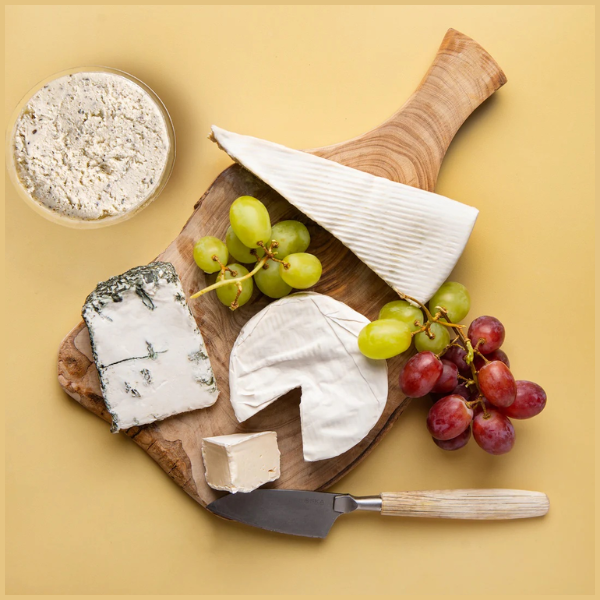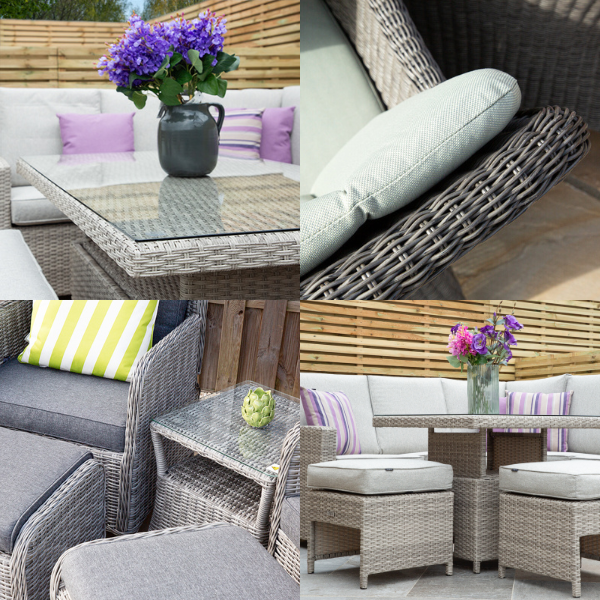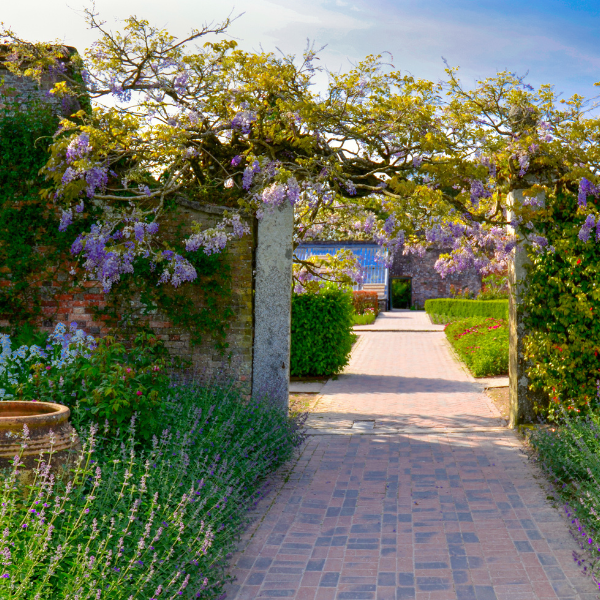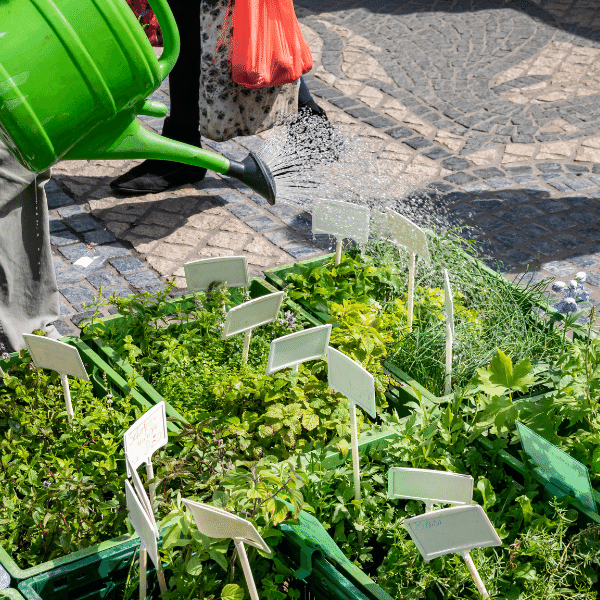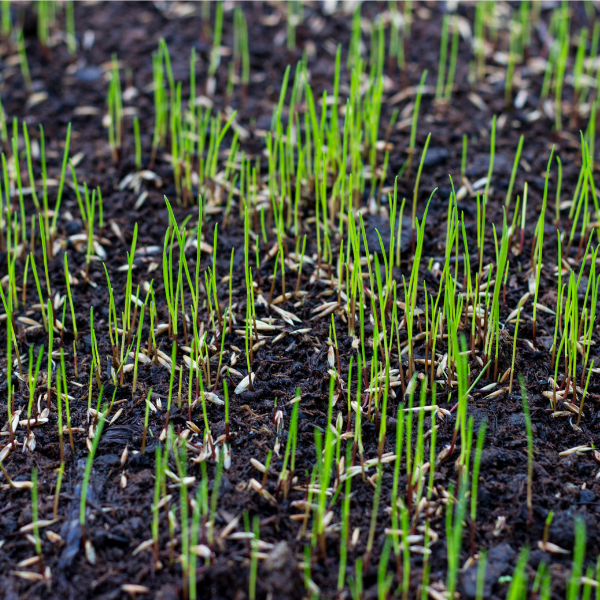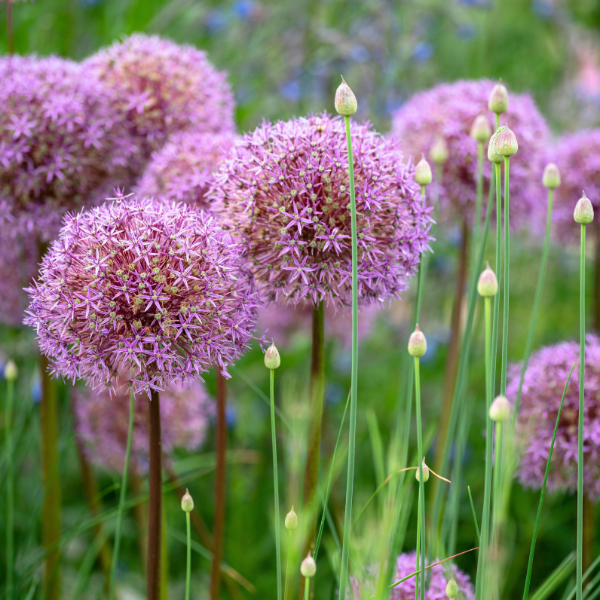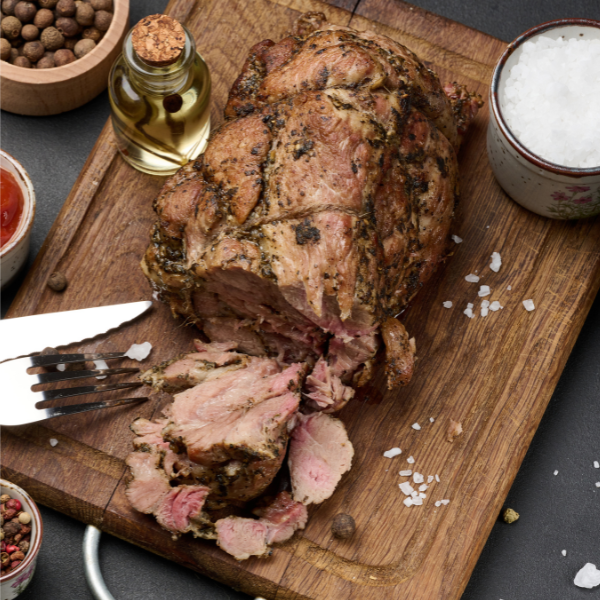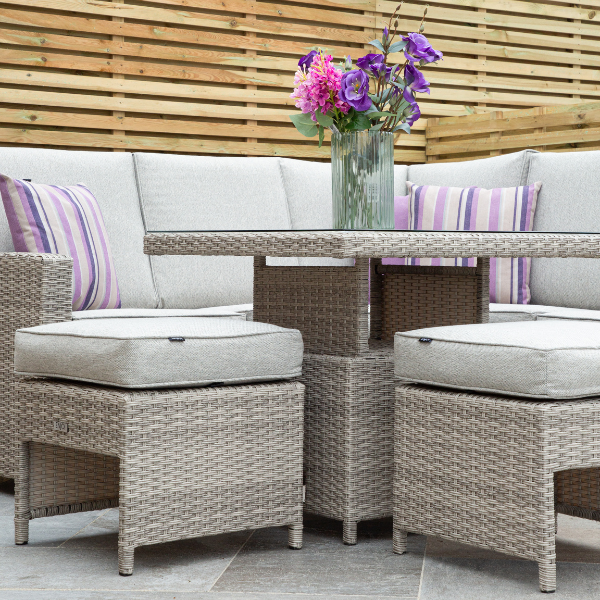How To Go Plastic Free In Your Garden
Plastic is extremely useful in the garden and most things you buy for your garden, such as plants, will be sold in plastic… however this comes at a cost to the environment and wildlife. Luckily there are many plastic free alternatives, sometimes better for your plants and this is what we are going to explore throughout this blog.
Plastic is among the worst pollutants of our oceans, destroying marine wildlife and washing up as unsightly rubbish on beaches. If we are able to turn to using biodegradable materials like wood and paper instead of plastic, we will be able to reduce the environmental costs that come with gardening.
Whether your garden is filled with colorful blooms or nutritious vegetables, every gardener has an appreciation for planet Earth and the wonders of Mother Nature. For this reason, we should all do what we can to minimize the use of single-use plastics. While it may seem daunting at first, there are actually quite a few simple ways to minimize or eliminate plastics from your garden.
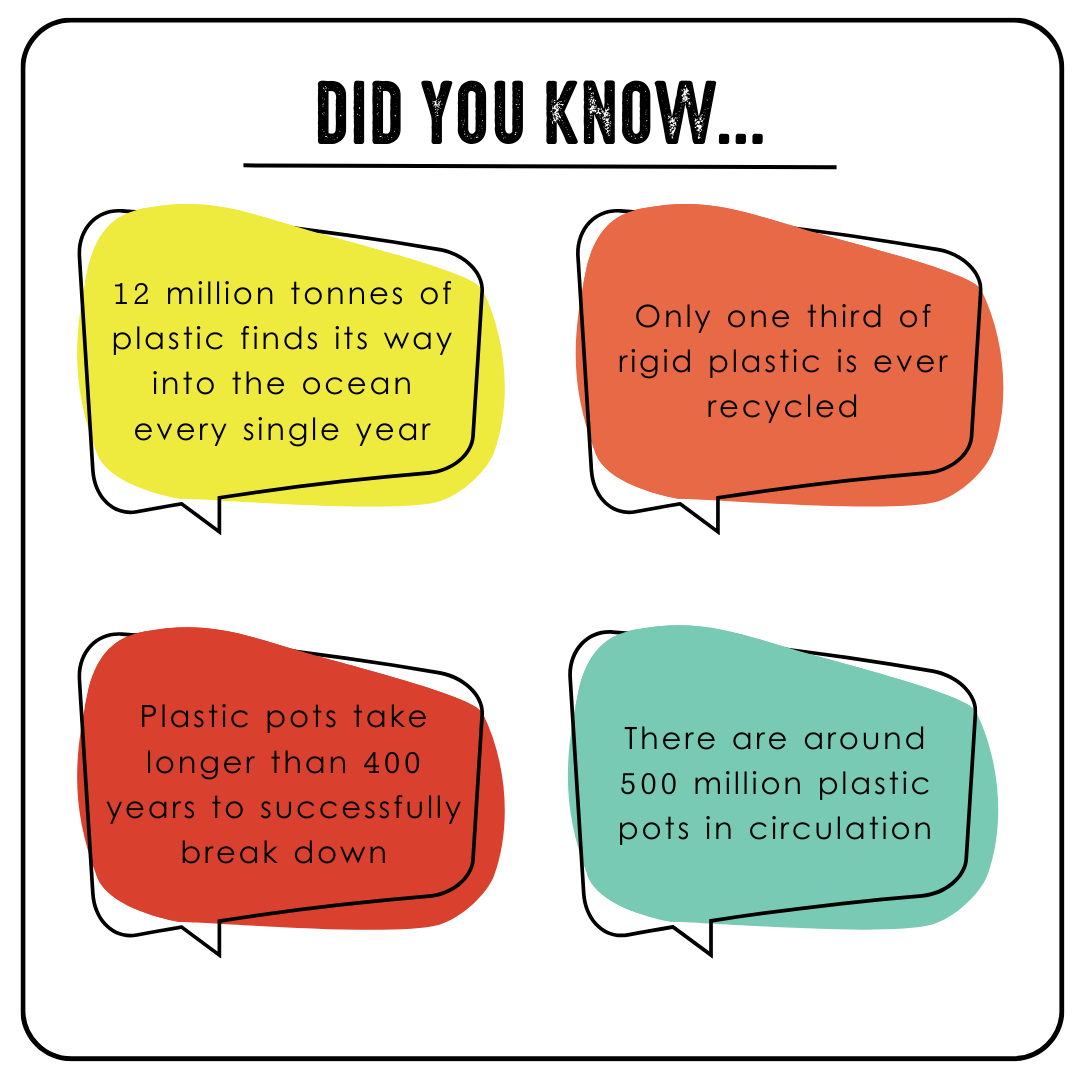
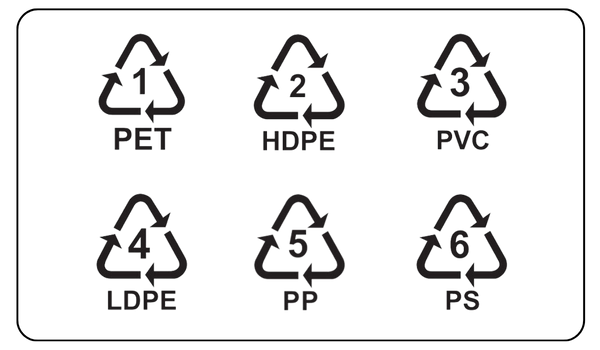
Know Your Plastics
- Polyethylene terephthalate: fizzy drinks, water bottles and salad trays
- High-density polyethylene: milk bottles, bleach, detergents and some shampoo bottles
- Polyvinyl chloride (vinyl): carpet backing, pipes, window and door frames
- Low density polyethylene: bin liners, packaging film, squeezable bottles and carrier bags
- Polypropylene: containers, food packaging eg margarine tubs, microwaveable meal trays
- Polystyrene: packaging for food and electronic goods and toys
1 Use Natural Twine or Netting
Plastic twine isn’t only bad for the environment, but it can be bad for plants too. Many birds find brightly coloured twine attractive and use them to line nests; but these plastics can wrap around the birds’ feet, wings, necks and heads, potentially strangling them. Natural twine such as sisal, jute and hemp are the best natural twines from a sustainability perspective. Natural twine is less likely to cut into the plants and will only need replacing every couple of years. Jute pea netting is probably the most desirable looking netting for the garden, but it can only be reused once or twice.
If you are wanting to protect fruit or vegetables from birds, we suggest making cages out of wood and metal mesh rather than using or buying plastic cages. It is slightly more expensive but it is also much more durable, and of course better for the environment.
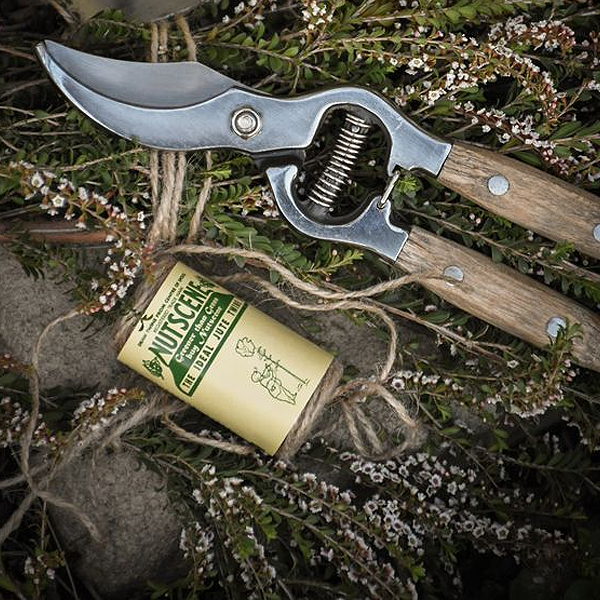
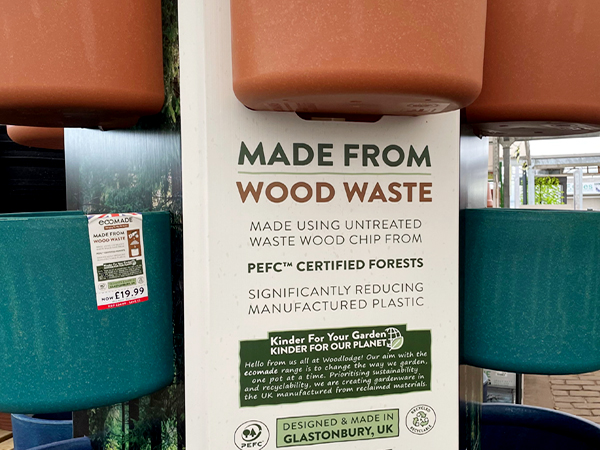
2 Plastic Pots
Plastic pots are difficult and near enough impossible to recycle due to the colour pigmentation added when they are being manufactured. Bio-degradable vipots are an extremely suitable alternative and are made from plant waste including cocoa shell and grain husks.
Single-use biodegradable containers are widely available at many Garden Centres now. They are not removes before planting, avoiding root disturbance, but this does mean that they must be bought new each year. Many of these containers come in coir, fibre and bamboo. Coir should be avoided most as this has the highest carbon footprint, especially because it is made from imported coconut hulls. Lightweight options like vipots made from rice, grain or bamboo are expensive but are lightweight and are reusable for 3-5 years.
3 Opt For Durable Gardening Tools
Choose plastic free or second-hand tools and gear. If you are buying new tools, it is much better to choose metal or wooden tools over plastic tools, this is because they are much more durable materials and are unlikely to wear out after a few months. Sometimes if you are close with your neighbours, it is often thought of as a nice idea to share tools. Some communities even have a tool-sharing point, where any member can borrow any tool, they like and once they are done with it, they can return it for someone else to use. This will help reduce the purchasing of plastic, and in fact, tools in general.

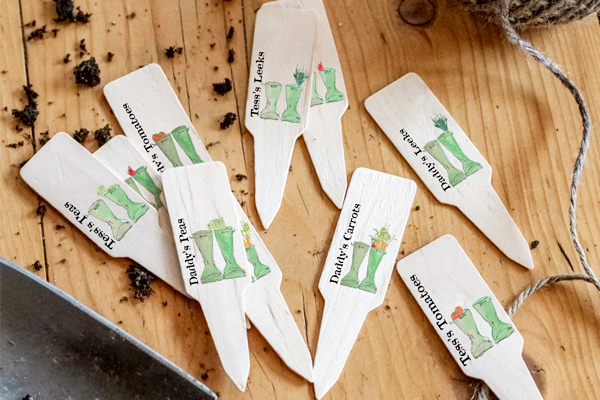
4 Avoid Using Plastic Plant Markers
Many plant labels are made with plastic, even those that look like paper are often lined with a plastic film, which makes them hard to recycle. Thankfully there are many biodegradable options for plant labels, like wooden markers, and if you are feeling creative you could even paint stones as well. Plastic watering cans can also be replaced by metal and plastic plant shelves can be replaced by wooden ones. These alternatives may well turn out to be pricier, but their positive impact on the environment is priceless!
5 Soil
All forms of soil from a local garden centre will be sold in plastic bags. Homemade compost avoids plastic use but can be time consuming and is generally unsuitable for seed sowing. Compost bags (LDPE) can be reused as rubbish sacks, but can only be recycled once they are thoroughly cleaned. You can make your own potting compost by blending topsoil, garden compost, leaf mould, grit and fertilisers in a bucket. This is not however an easy process, home-made composts are more susceptible to weed seedlings and soil-borne disease, and it takes practise to get the mix right.
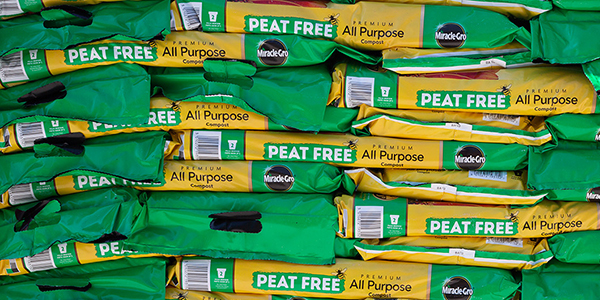
Existing Plastic...
If you already have plastic in your garden, the best way to make the most use out of them is to continue to reuse them until they waste away, this keeps them out of the waste system as long as possible. Compost bags can be put to multiple uses as well. Such as rubbish sacks, weed-suppressing ground cover and for growing new potatoes. Once they need replacing, substitute for biodegradable alternatives and recycle spent rigid plastic wherever possible to keep the plastic in circulation. Many garden centres offer pot recycling collection points, and a few councils accept pots in kerbside collections. Larger municipal tips also accept coloured rigid plastic, but not black, as recycling equipment cannot ‘see’ black pigments.

 2,768 REVIEWS
2,768 REVIEWS